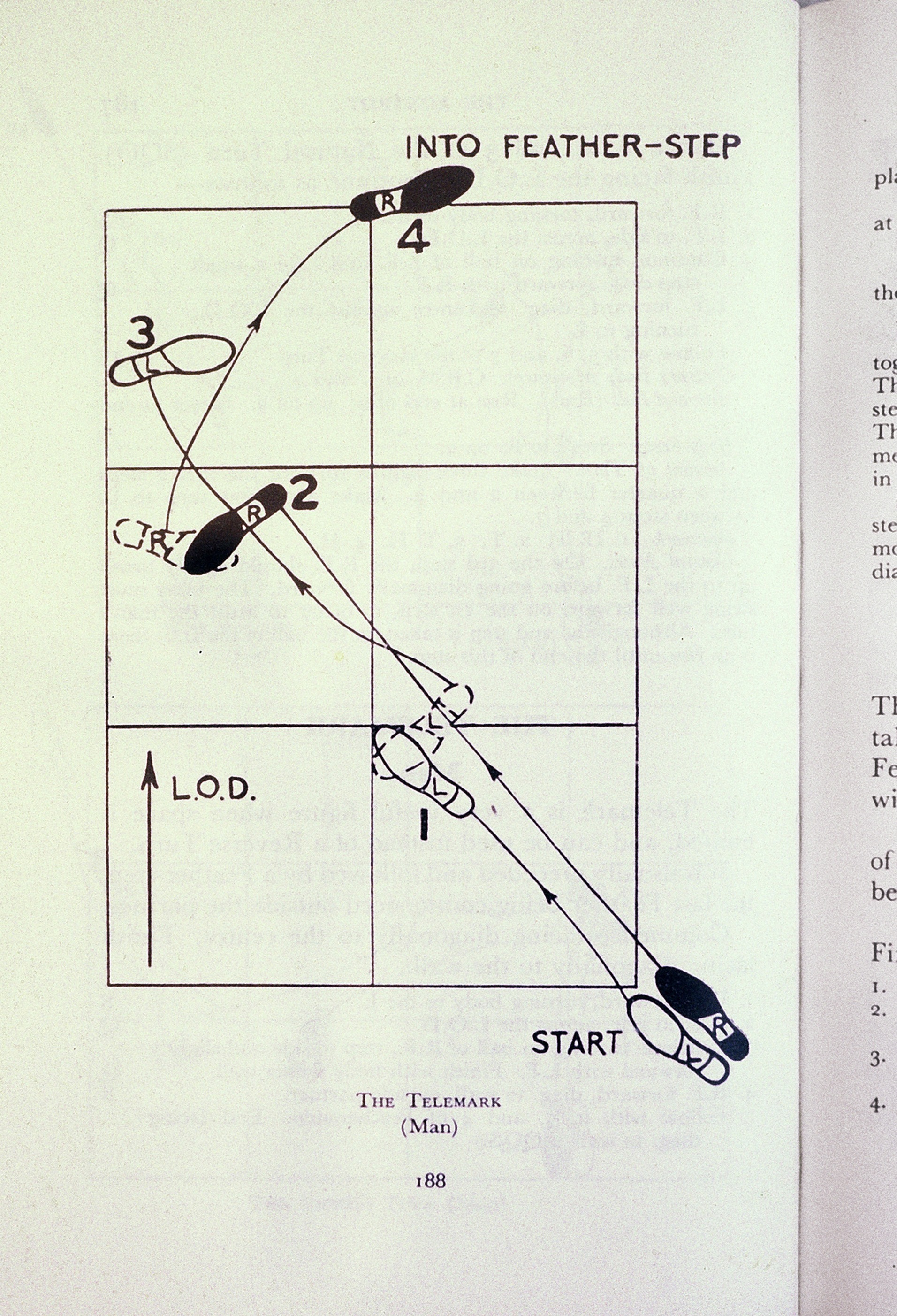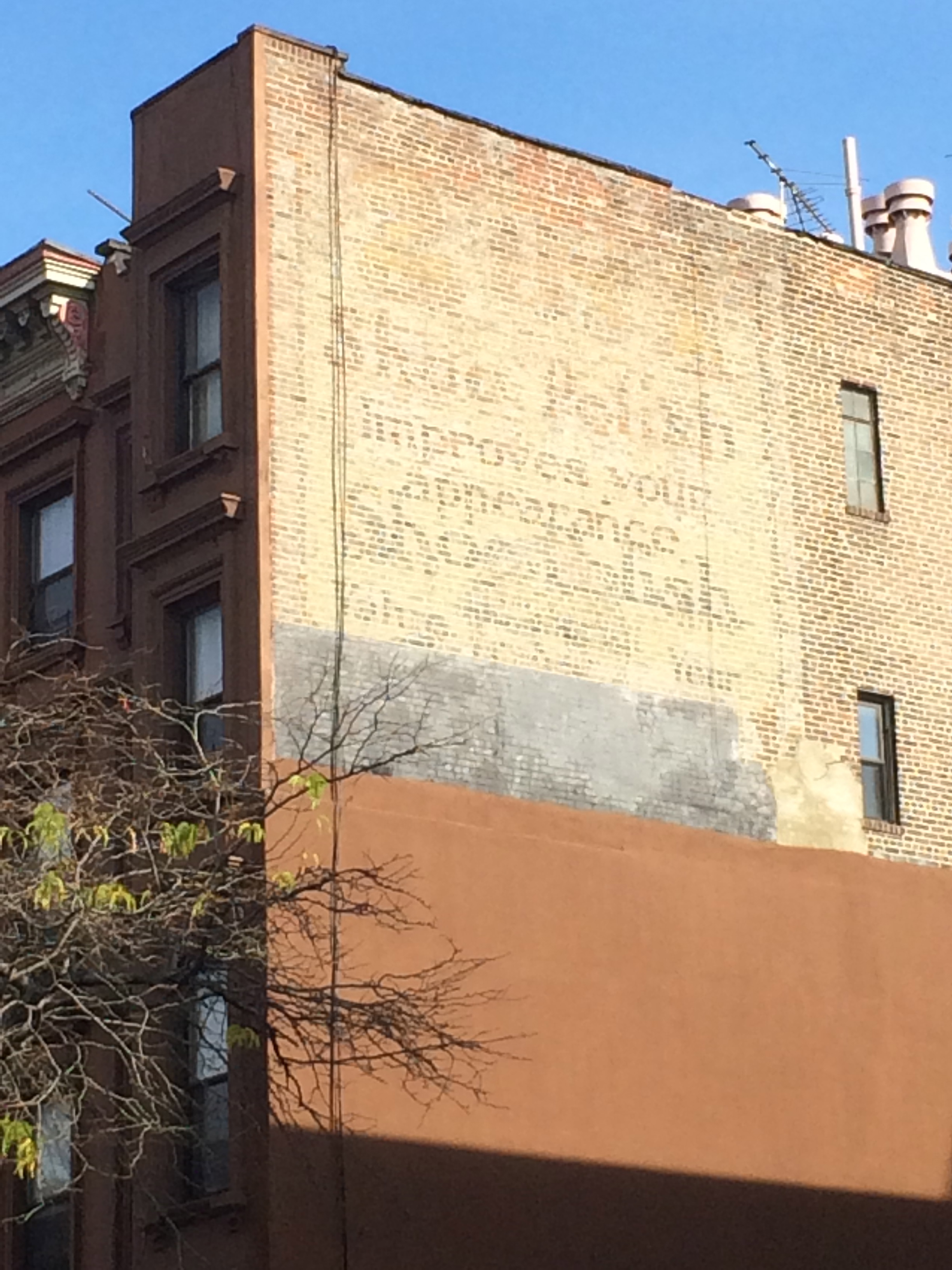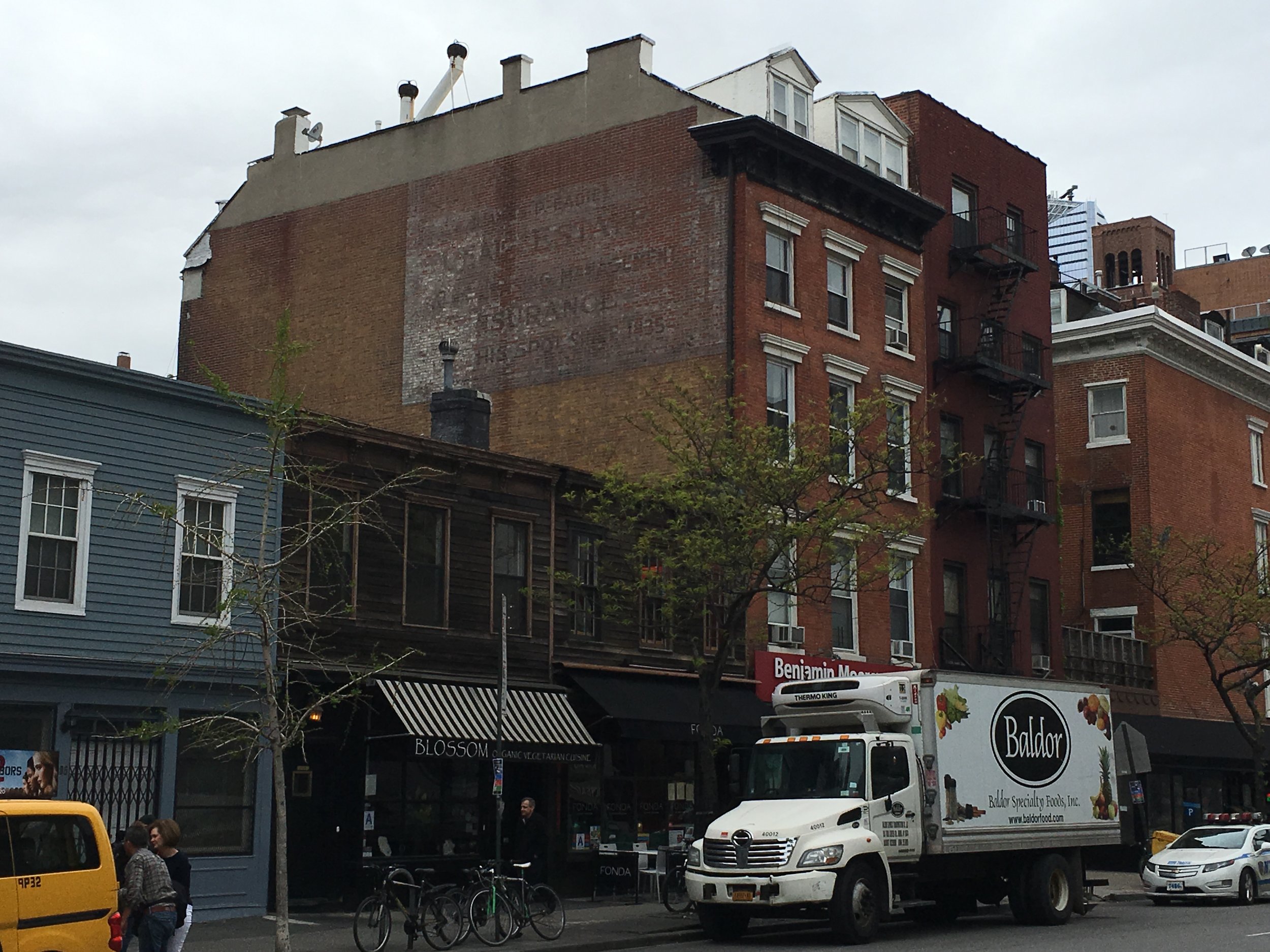Seeing Stuart Davis’ retrospective at the Whitney last month rekindled my love of and excitement for signage. Davis’ brave attempt in the 1920’s to incorporate signage into his artwork inspired me to dig down deep into my own past.
This process of looking back helped me to make the connection between signage’s effect upon my work and how it emboldened me to create my first collection of carpets. Along with my years of studying textile design in Japan and soaking up their not so Western cultural norms…but that's another story.
groundplans’ first collection
ADVERTISING
In my dictionary ‘speak’ there is only one word for signage: f-a-s-c-i-n-a-t-i-n-g. It harkens back to a time when empty brick walls were on public display. Advertisers saw these bank canvases as places where they could literally paint the town and get his (they were all mad men back then, right?) message to the masses.
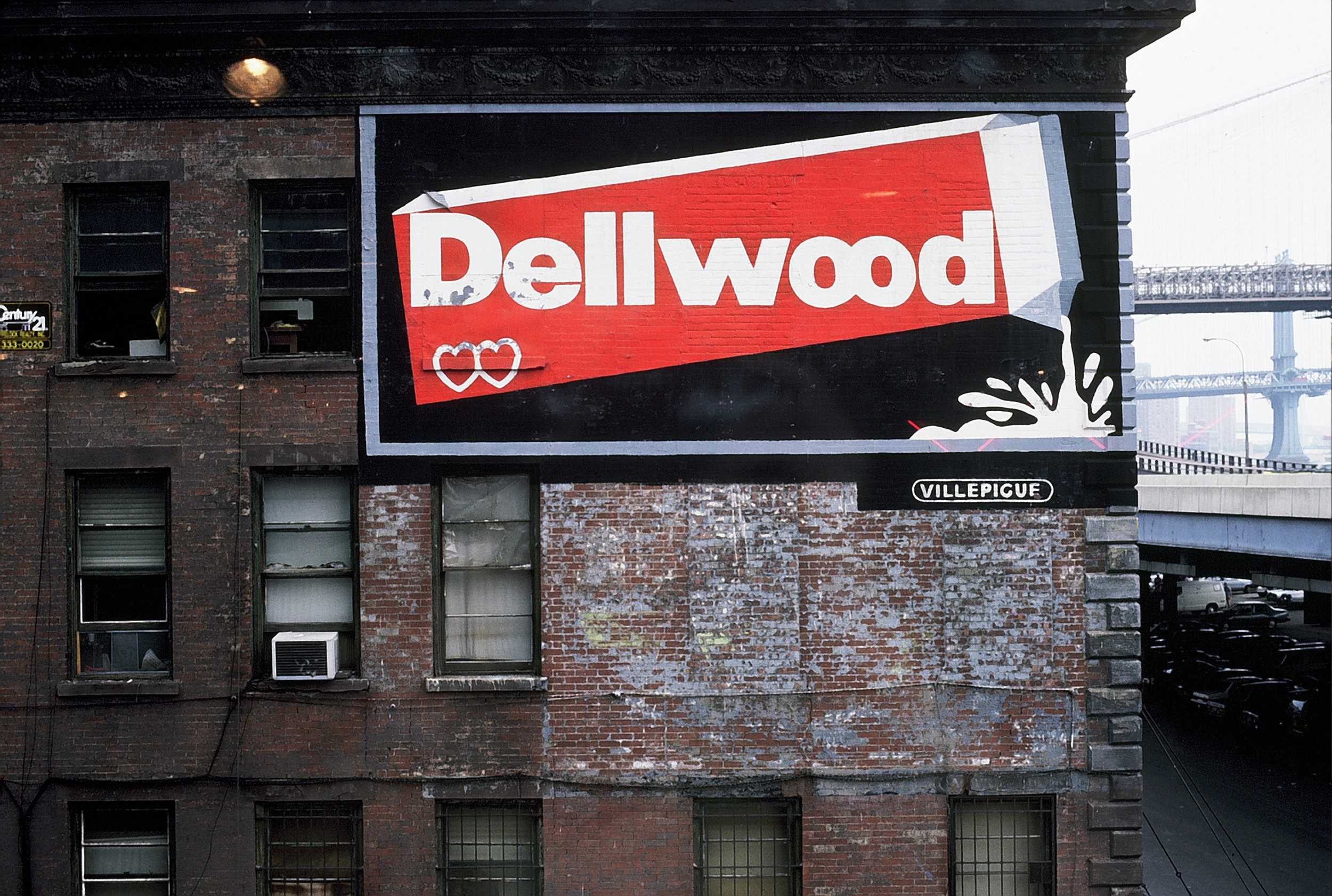


There are picture-less signs: from Lichtenberg’s furniture gently letting us know they are closed for the Sabbath to the ‘coal and wood’ merchant. ‘Corrugated boxes Bought Sold’ in the middle of now ultra posh Soho, with a CAnal telephone exchange to dial up for them-there boxes. ‘Improve your appearance shoe polish’ and an assurance that ‘insurance and real estate existed in this spot since 1835’. Whew!
The days of witty, colorful signage are fast fading. When I return to my old haunts I find they are either eradicated by another building, deliberately painted over, or time has weathered their vibrancy.
Greene + Prince Street, Soho - Pinking Shears no more
After ringing the doorbell of a loft directly across from the Pinking Shears sign on Greene Street, I asked the owners if I could shot from their window. and we arranged a meeting so I could come back with my friend Jennifer Altman to take our film rolls of the Pinking Shears sign.
Soon after when I talked with Jennifer's brother, Adam Bartos a professional photographer - we both living at One Fifth Avenue, about doing a road trip to shoot signage (I had just come back from coming upon a ghost town in AZ - see images below). He said he didn’t think it was a good idea. Years later I came smack in front of an exhibit he was having at the Parish Museum in Southampton on…guess what...SigNAGE. I happen to find myself at the museum with a friend (an Avedon apprentice) and was confronted by Adam's hugh in-your-face glossy photos from all across the country. I like to think that I somehow planted the seed.
Gentrification, by the mid 80's was in full swing. So when I made a similar request to shoot the Griffon signs from a loft across the street, the woman was quick to ask if there was compensation she could obtain for opening her loft.
With the fading of each sign, the city has become a place that is less about art and more about the power of the mighty dollar.
From the 80's and now - over time a visible weathering of these iconic pieces of artwork.
Today a ‘new’ building sits between that loft and it’s view of the ever fading signage.
I first shot this sign in the East Village in the 70’s. This ‘air conditioned’ funeral chapel caught my eye again.
Nostalgic for my once lived on Street - 17th, NYC
Venturing to the SOUTHWEST
With camera in hand, I feverishly shot the ghosts from an abandoned mining town in Miami, Arizona in the 70’s.
MEAT PACKING 14 STREET NYC the streets were full of these delightful, colorful signs. But it soon became too expensive for a meat market to exist in Manhattan and any industry left retreated for less expensive areas and the signs came a tumblin’ down.

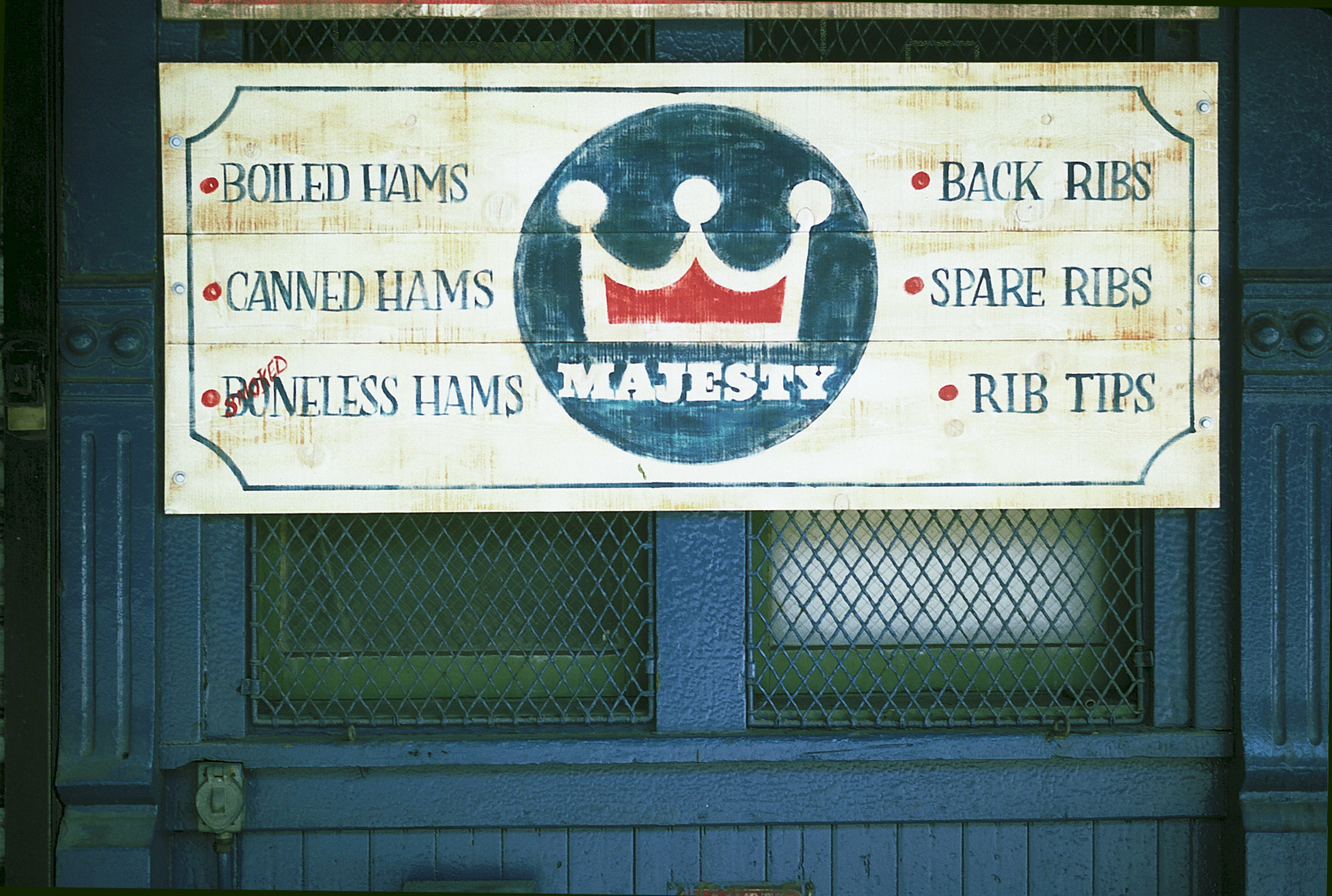
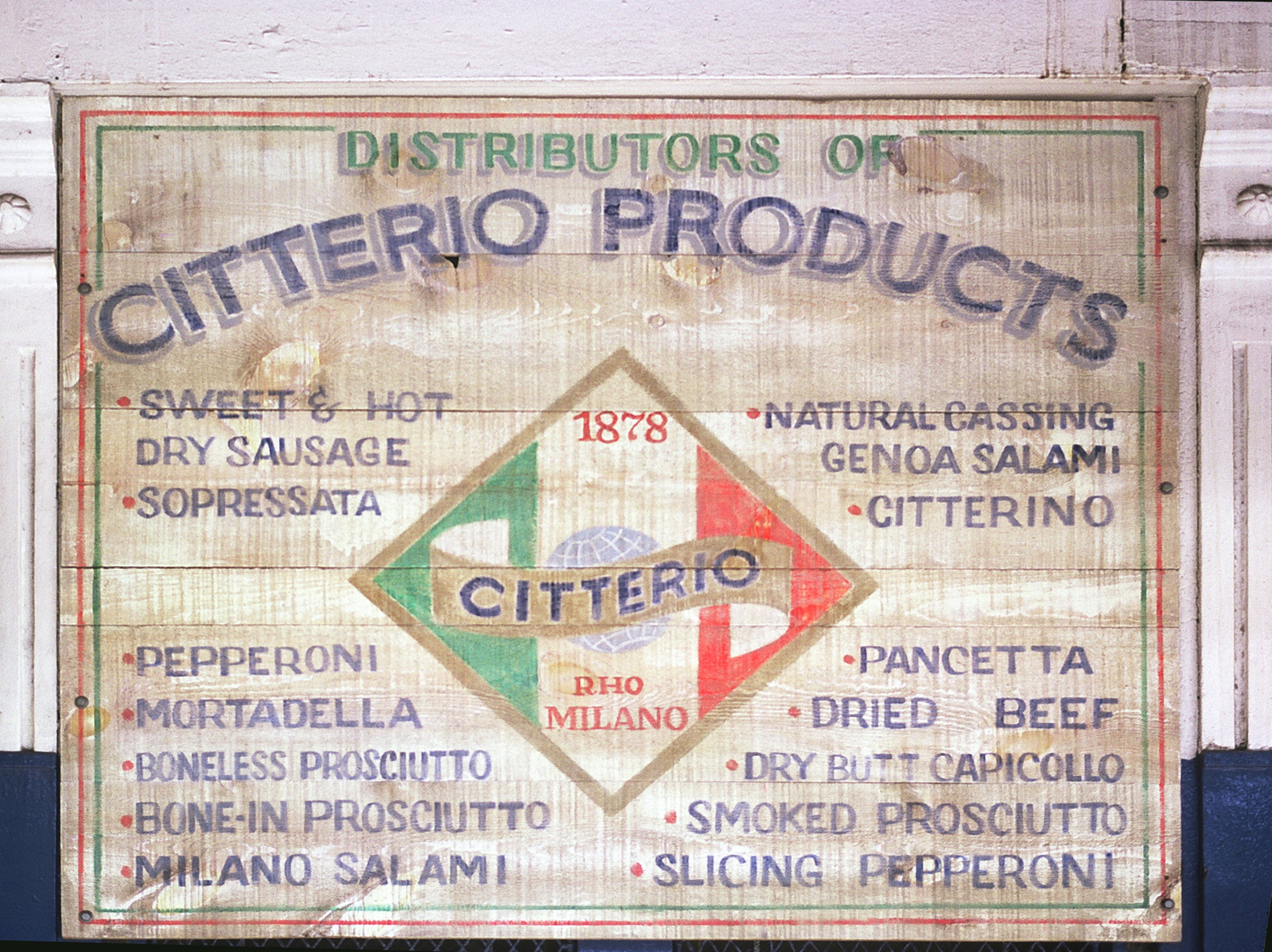
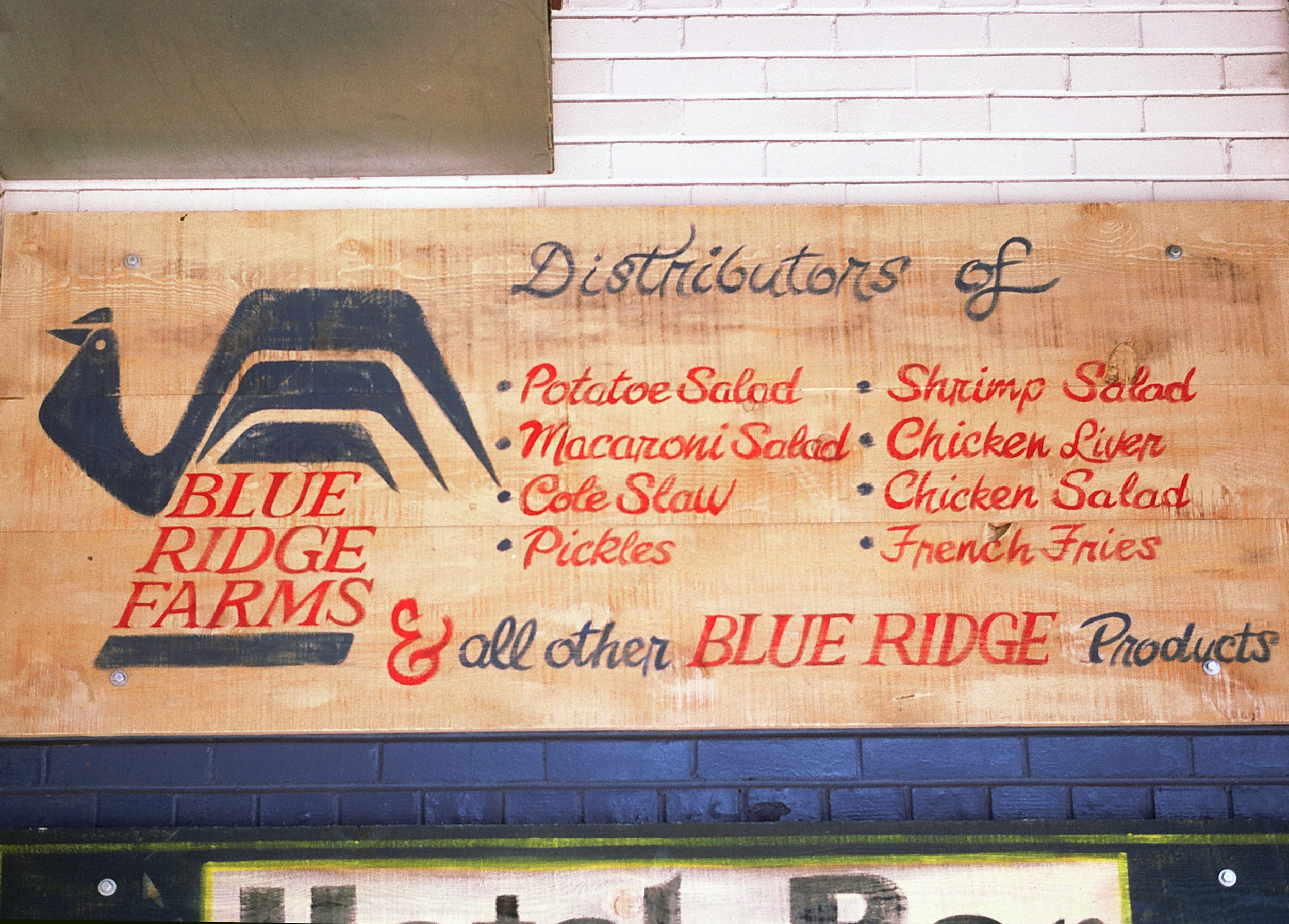

Next up - Graffiti




